Sources
|
Personal and family issues have taken up most of my attention for the past two or three weeks, but I am again finding time to research and write about tools. Monkey wrenches have sometimes been called hammer wrenches. There are some people who maintain that every tool has more than one use, including at least one use that was never intended by the designer or manufacturer. Many workers have found themselves in need of a hammer, but with only a monkey wrench at hand. The back faces of the jaws of a monkey wrench may look like they could serve as a hammer, but those faces normally do not have the hardened steel surfaces required for striking metal. Most of the monkey wrenches in the Tison Tool Barn show evidence of having been used as hammers. The small (5-inch) monkey wrench at bottom center below shows evidence of other abuse, as well. Monkey wrenches with mushroomed and otherwise deformed back faces on their jaws. Photos by Donald Albury. The Tison Tool Barn has three monkey wrenches from the Peck, Stow & Wilcox Company. The company, located in Southington, Connecticut, was formed by the merger of three predecessor firms in 1870, and continued into the middle of the 20th century. Wilcox, Treadway and Company of Cleveland, Ohio was acquired by Peck, Stow, and Wilcox in 1881, and the plant in Cleveland continued in production. The earliest P. S. & W. monkey wrench in the Tison Tool Barn may be from the late 19th century. It has a handle consisting of a cylinder of wood held on a rod extending from the bar and held on by a nut at the end. Later Peck, Stow, & Wilcox wrenches have a knife-handle, with two pieces of wood fastened on either side of a wide metal frame. The wrench does not have any patent information, but the back of the slider has a seam similar to those found on P., S., & W wrenches produced under a patent issued January 14, 1896. This patent was for a method of mounting the slider on the bar, in which the fixed jaw was forged in one piece with the bar, and the slider was split down the back, mounted over the bar, and then welded shut. The usual method at other companies was to slide the slider onto the bar, and then weld the fixed jaw to the bar.This wrench is 9-3/4 inches long and was produced in the Cleveland plant of the Peck, Stow, & Wilcox Company. On the left below is a detail of the marks on this wrench, "P.S.&W.Co. CLEVELAND, O. U.S.A." In the middle is a detail of the back of the slider on this wrench, showing the seam where the two halves of the slider were welded together (similar seams can be seen on the other two P., S., & W. wrenches described below). On the right is a detail of the back of the slider on a wrench from another company, which does not have a seam. Photos by Donald Albury. The next Peck, Stow, & Wilcox monkey wrench in the Tison Tool Barn is from the early 20th century, or possibly the very late 19th century. It is 6-1/2 inches long and has a knife-handle., The marks on it include a patent date of Jan. 14, 1896, but not the "PEXTO" inside an oval trade mark that was introduced in 1914. The final monkey wrench from Peck, Stow, and Wilcox in the Tison Tool Barn is this 10 inch one with a wooden knife handle and the PEXTO in an oval logo, which was introduced in 1914.. The Tison Tool Barn has several wrenches made by the Bemis & Call company, but only the one below is a monkey wrench. This wrench differs from the wrenches displayed above, in that the adjustment knob is threaded on the bar and held on the adjustable jaw by a flange, while on most other monkey wrenches the adjustment knob stays in place, and is attached to a long screw that moves the adjustable jaw. This means that the advantage of a monkey wrench being operable with one hand by adjusting the opening of the jaws with the thumb on the hand holding the handle, is lost with this wrench. This wrench has the mark "Billings" on it, indicating that it was made after the Billings & Spencer Company acquired the wrench part of the business of Bemis & Call in 1939. This wrench is 15-1/2 inches long. I will be looking at more monkey wrenches in the Tison Tool Barn in my next post.
Sources
0 Comments
|
AuthorI have been a volunteer at the Matheson History Museum. Feeling an affinity with old hand tools (some of which I remember from my youth), I have tried to learn more about the history of the tools in the Tison Tool Barn, and how they were used. All text and photographs by Donald Albury in this blog are licensed under a Creative Commons Attribution-ShareAlike 4.0 International License. All illustrations taken from Wikimedia Commons are either in the public domain, or have been released under a Creative Commons license.
Archives
December 2015
Categories
All
Interesting Sites about Old Tools |
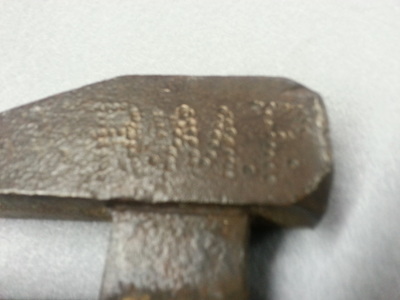
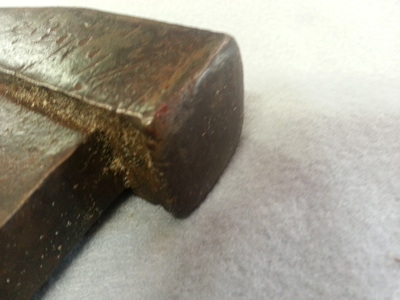
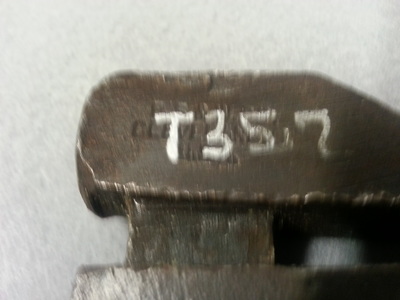
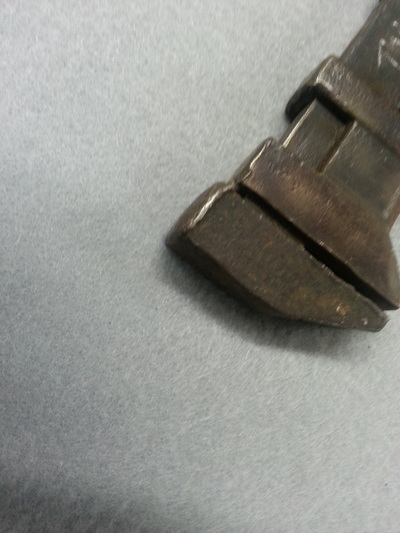
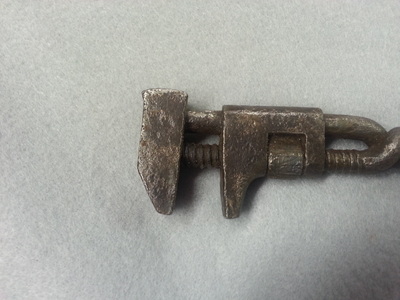
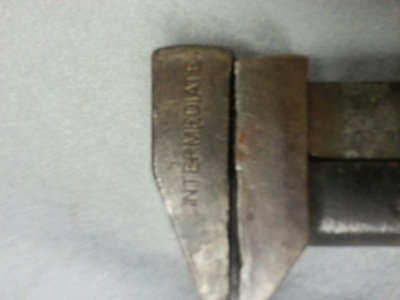
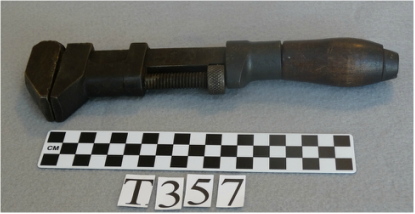
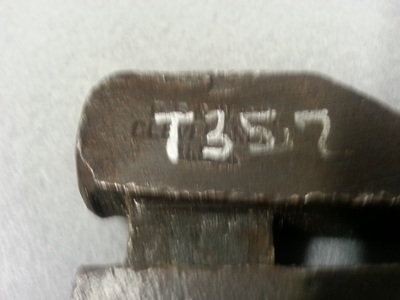
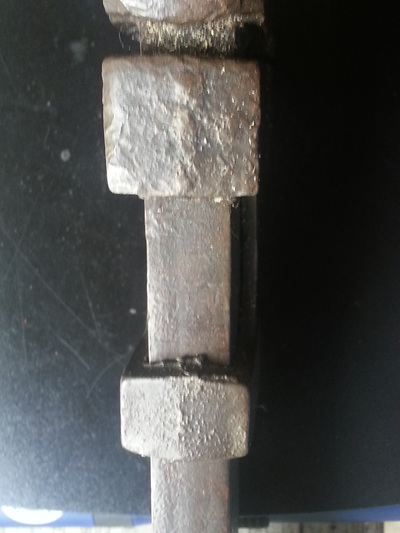
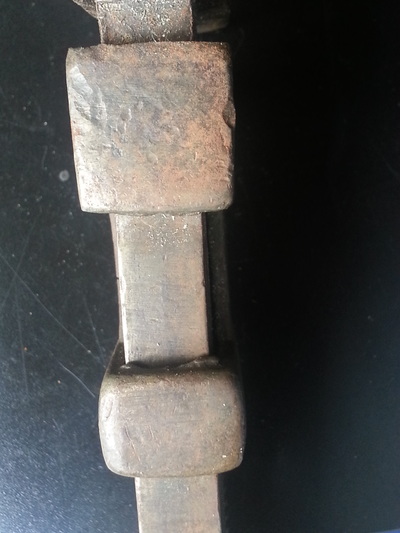
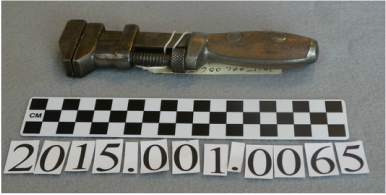
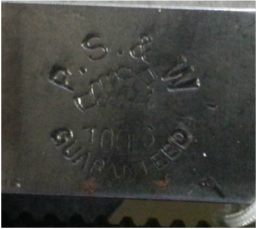
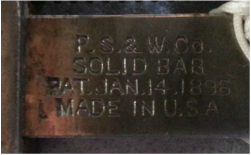
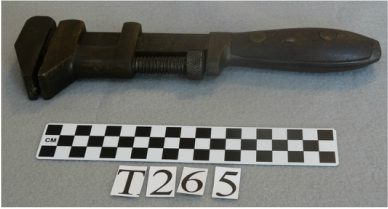
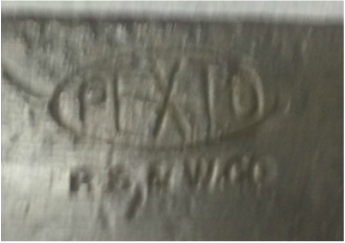
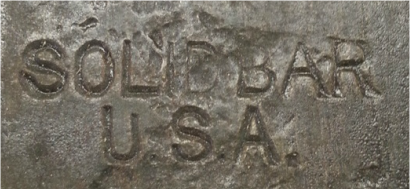
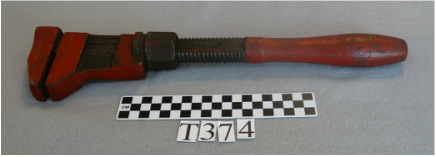
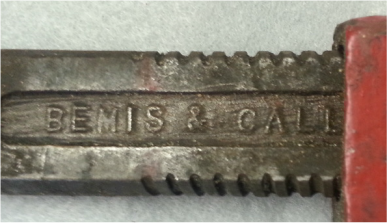
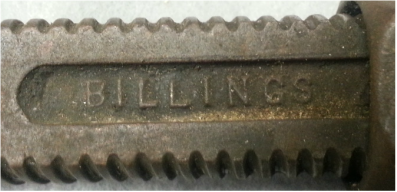

 RSS Feed
RSS Feed
